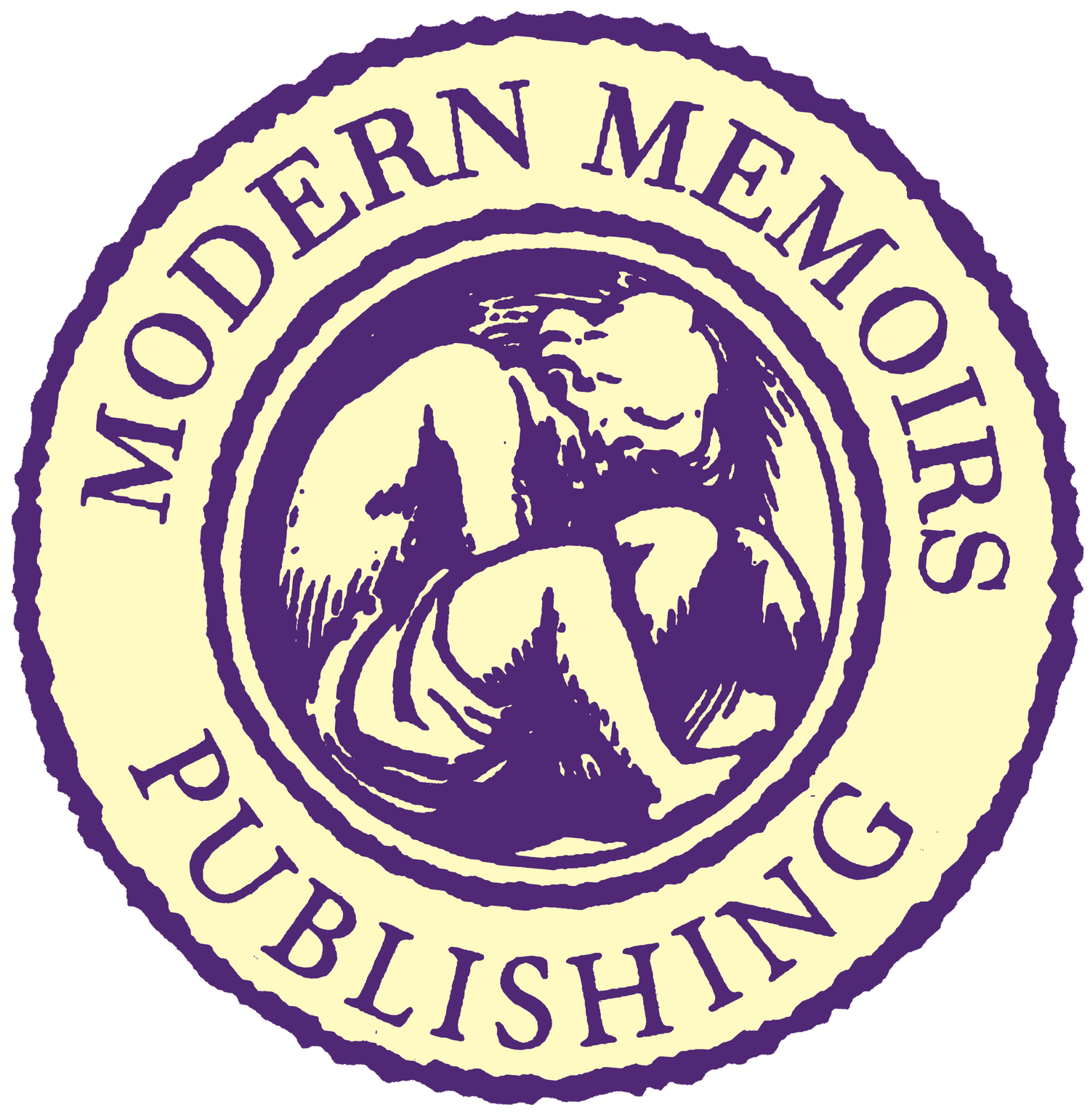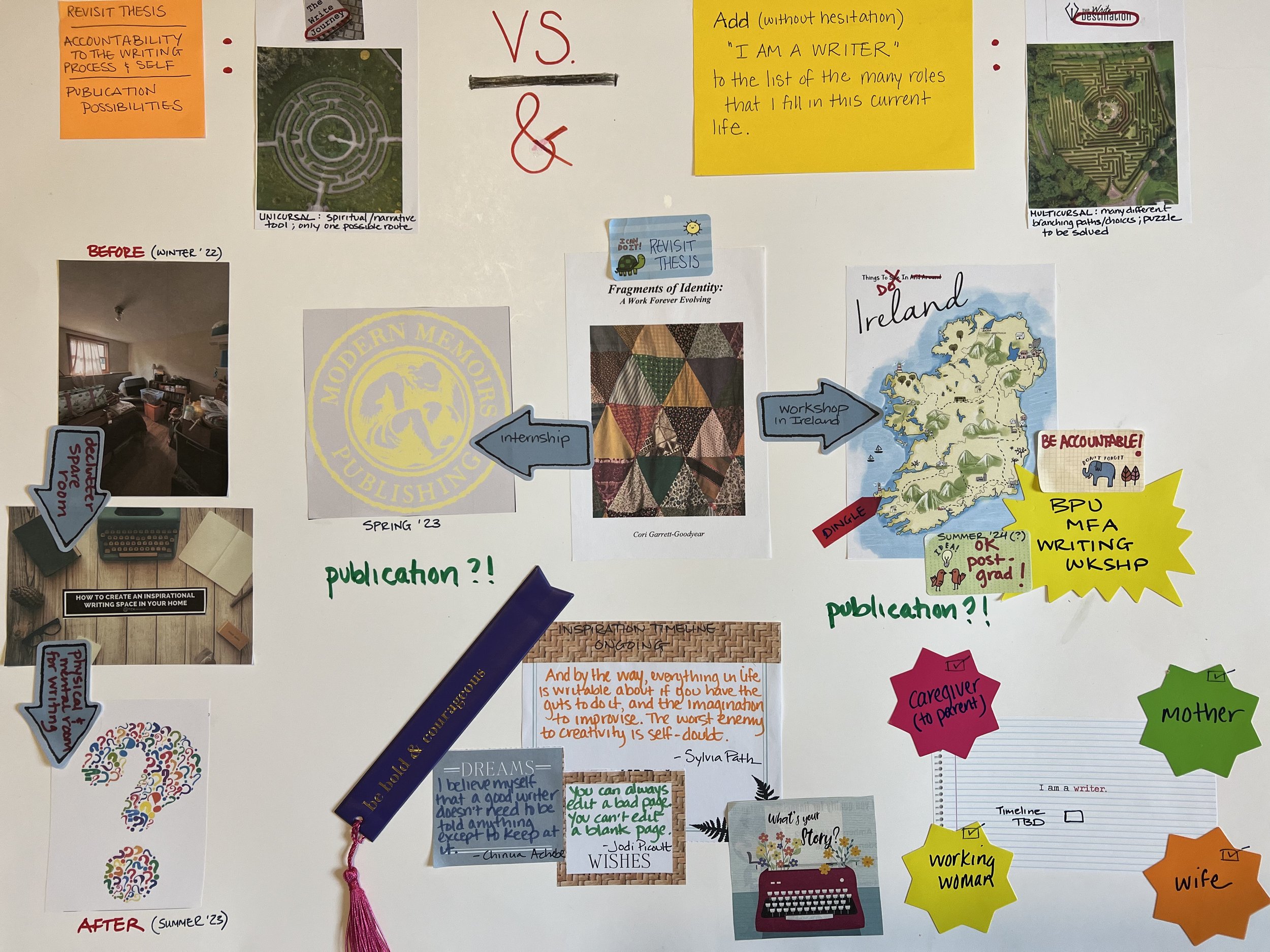D. Patrick Winburn published his book entitled William Wenbourne: Puritan Ancestor of Wenbourne, Winborne and Winburn in America with Modern Memoirs in 2020. This family history took seven months from the day he contacted us to the day books arrived on his doorstep. We asked Winburn to reflect on what the publication process was like for him, and what it has meant to share his book with others.
1. Your book discusses the life of William Wenbourne (c. 1610–1687), who came from England to the Massachusetts Bay Colony between 1630 and 1635. He is said to be the ancestor of most Wenbournes (of various spellings) in America today. Can you define your precise relationship to William? How have you researched your genealogy to confirm your connection to him?
Patrick Winburn: William Wenbourne was my 9th great-grandfather. My father was always interested in Winburn genealogy and had spoken to several relatives throughout his lifetime. One, Uncle Alfred Winburn, had a family Bible that went back to the early 1800s. That was the basis for the research I began to conduct. Before computers, I researched through various public libraries to find anything I could. In the National Archives I was able to find a book with some very good information by one of my distant ancestors, Judge Benjamin Brodie Winborne, about the Winbornes who lived in North Carolina, mostly in the 1800s. As online research became more accessible, I was able to reconstruct the remainder of the ancestry line.
2. What challenges or obstacles did you encounter in your research for the book? How did you overcome them?
Patrick Winburn: The greatest challenge to overcome was the fact that many of the rural places my ancestors lived didn’t seem to conduct safe recordkeeping, so many of the records I sought were missing. However, once I was able to connect back to New England of the 1600s, I found that lots of information exists on all of my relatives since the Puritans were incredibly good recordkeepers.
3. You are a lawyer by profession. How has your training and experience in your career helped you explore your ancestry?
Patrick Winburn: I found my legal training to be very helpful since I am used to looking at official documents and deciphering death records, for example. Modern Memoirs even used a scan of The Exeter Combination of 1639 as the frontispiece for my book. My ancestor signed this document, which is similar to the earlier Mayflower Compact and other significant colonial documents that established local government in America, so this was a crucial piece to include. In another nice design touch, we then decided to use William Wenbourne’s signature as a custom foil stamp on the book’s cover. Today, I am considering an expanded edition of the book, so that I can include more such documents in a reprinted volume.
The Exeter Combination of 1639, which has been compared and is similar to the earlier Mayflower Compact and other significant colonial documents that established local government in America. William Wenbourne’s signature is in the lefthand column, second from the bottom.
4. How long did it take you to write this volume, and how did you approach the process of winnowing down your research to create a succinct volume?
Patrick Winburn: The research felt like it involved several lifetimes, but writing the book only took a few months. I wanted the book to be like a legal brief with citations to official records to make it clear for future generations that what they were reading is factually true and provable. These were the original American Winburns—hopefully the book will provide a good starting point for others to research their family lines dating back to the 17th century.
5. You dedicated your book to people “who carry on the good name of Winburn.” Why do you think it is important to write about family history?
Patrick Winburn: It is something that I have always been interested in and presume other family members are or will be at some point in their lives. I wanted to preserve, through documents, that connection to the past as a means of situating our particular family history within the broader narrative of American history. My family of Winburns started out in the early 1600s in New England, but the next generation and those afterwards were almost all from the South. The book explains how that regional shift happened and became the prelude for the rest of the family history.

















